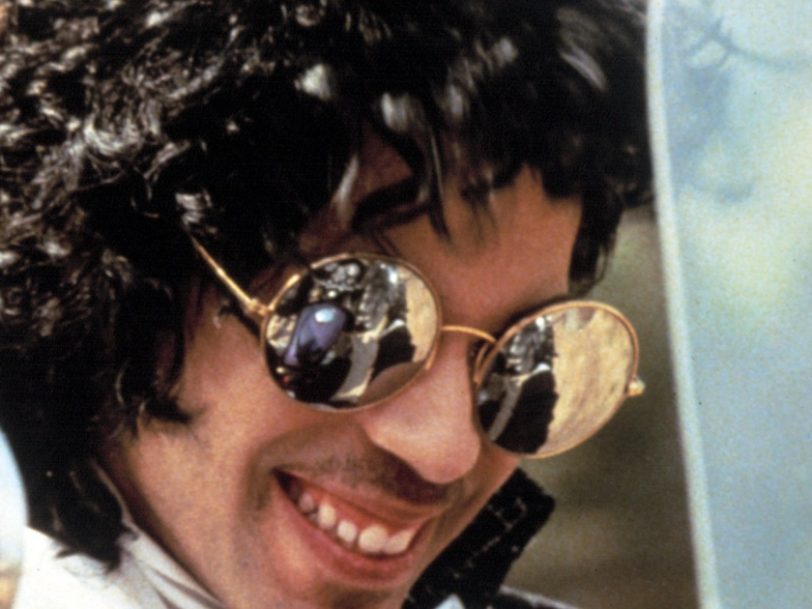Now hailed as not only one of the best Prince songs, but one of the very best songs of the 80s, When Doves Cry was a landmark release in May 1984, and it remains a yardstick by which great music can be judged. Though its influence now pervades pop, R&B, hip-hop and all points in between, When Doves Cry initially landed like something from another planet, its uncategorisable sound almost daring radio DJs to play it, even as it signalled further changes ahead – not just for Prince as an artist, but for pop culture as a whole.
Now a part of the landscape, it seems as though When Doves Cry could never have been any different. However, if it weren’t for a late-in-the-day request from the Purple Rain film director, Albert Magnoli, and a radical last-minute decision from Prince himself, things could have turned out very differently…
Listen to the best of Prince here.
“Nothing mattered more than taking advantage of the state his brain was in”
By the summer of 1984, Prince had taken an unusually long gap between new albums. Having released a record a year since 1978 – beginning with his debut, For You – it had now been over 18 months since the release of his last record, 1999. Yet he’d been working as hard as ever in that time, recording music for its follow-up album, Purple Rain, while starring as the lead character in the film of the same name. Speaking to this author for the book Lives Of The Musicians: Prince, Susan Rogers, who’d recently joined Prince’s team as a studio engineer, recalled of the time, “He was constantly on output… Nothing mattered more to him than taking advantage of the state his brain was in.”
In the run-up to filming Purple Rain in the winter of 1983, Prince and his band, newly christened The Revolution, had attended an intense series of acting and dance classes, and Prince had also been recording new albums for the other groups in the movie, his rivals The Time, and Apollonia 6, fronted by his character’s love interest, Apollonia. On 3 August 1983, he staged a benefit concert at Minneapolis’ First Avenue club – soon to be known the world over as the epicentre of Prince’s purple kingdom – marking the debut of both new guitarist Wendy Melvoin and much of the material that would make for the Purple Rain album. But while he had the record’s soaring title track, and other key songs such as its anthemic opener, Let’s Go Crazy, and the funk-rock complexities of Computer Blue, he hadn’t yet recorded the song that would make him a household name and send him on his way towards simultaneously dominating the single, album and box-office charts.




